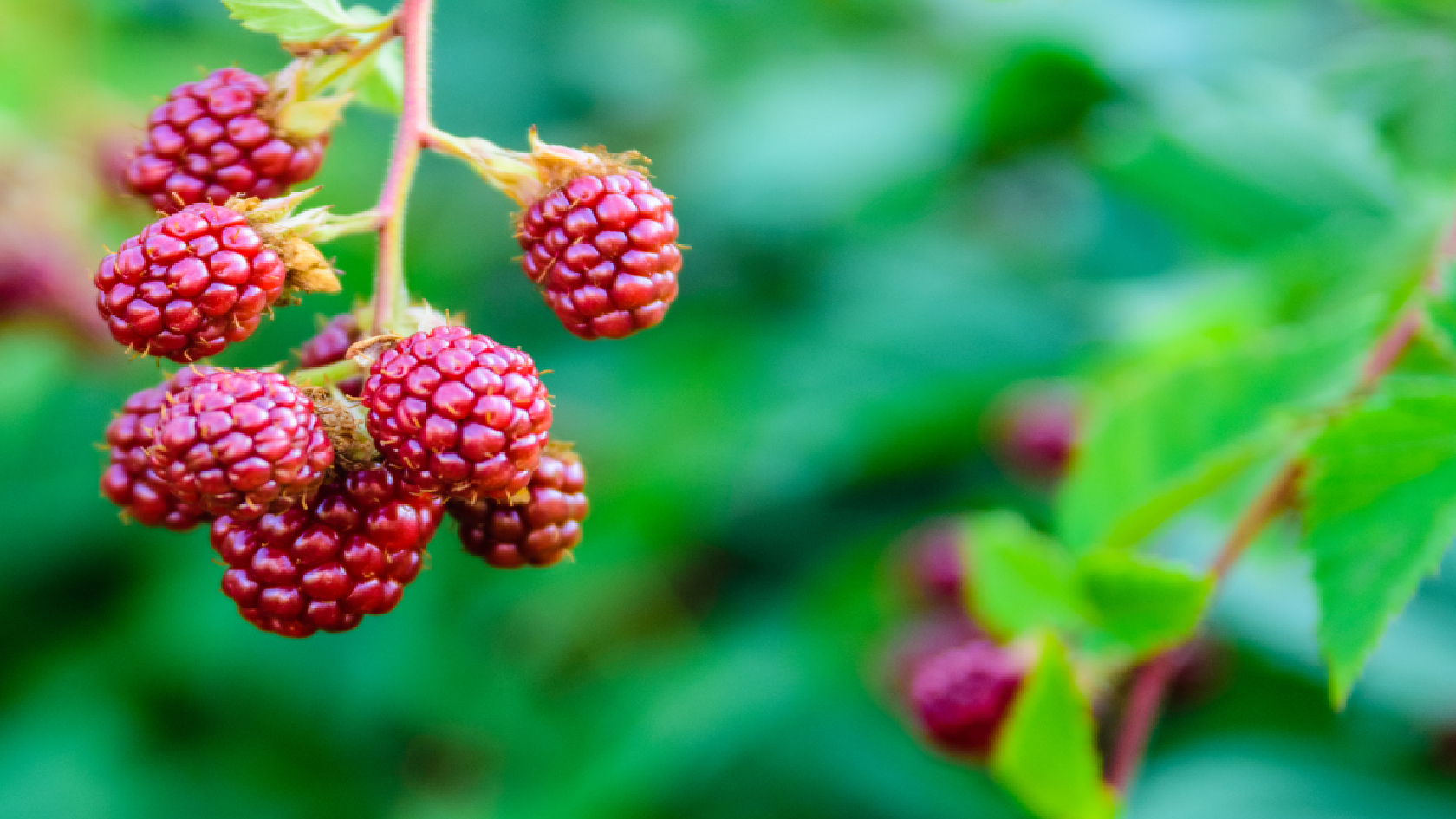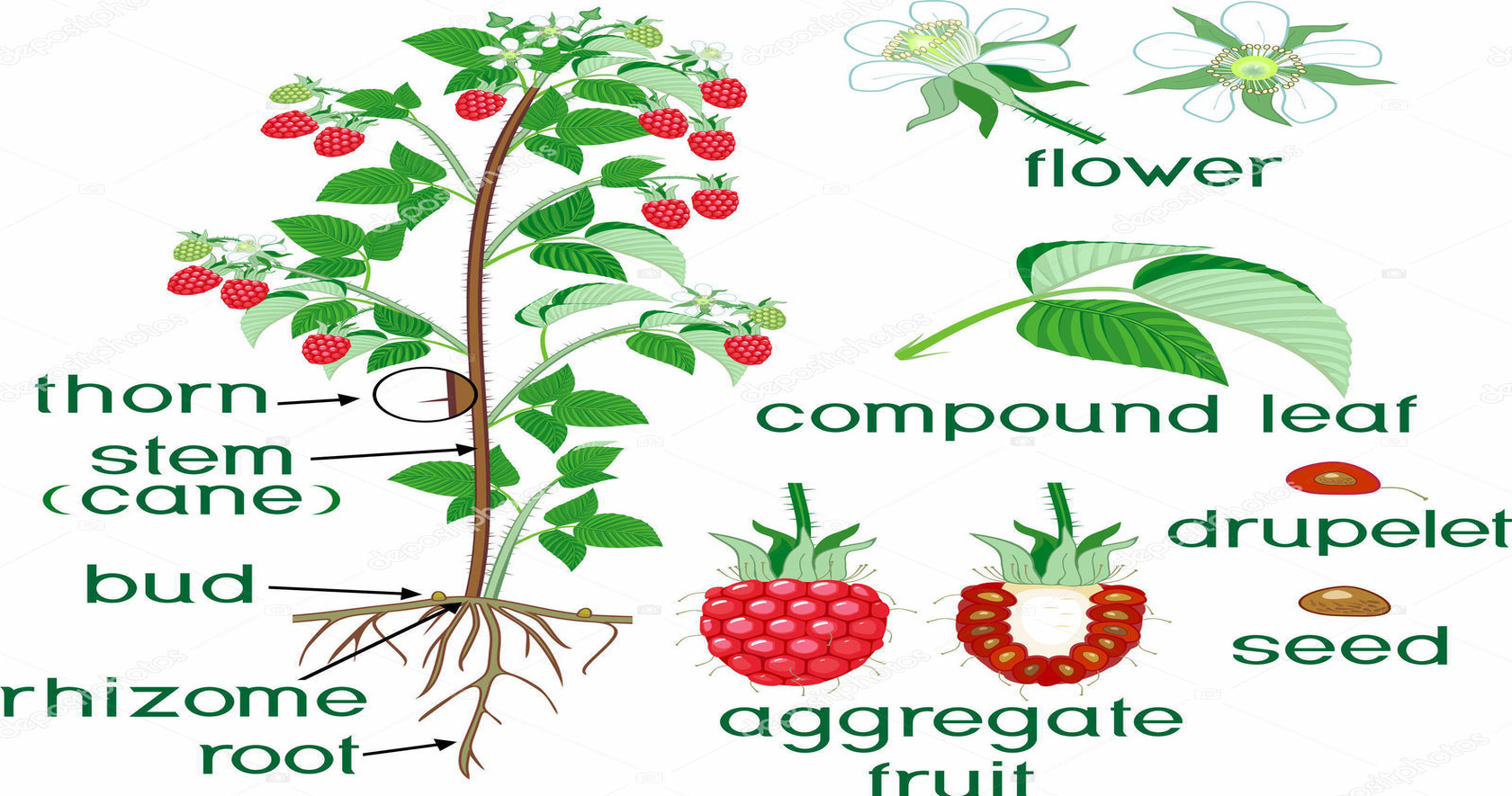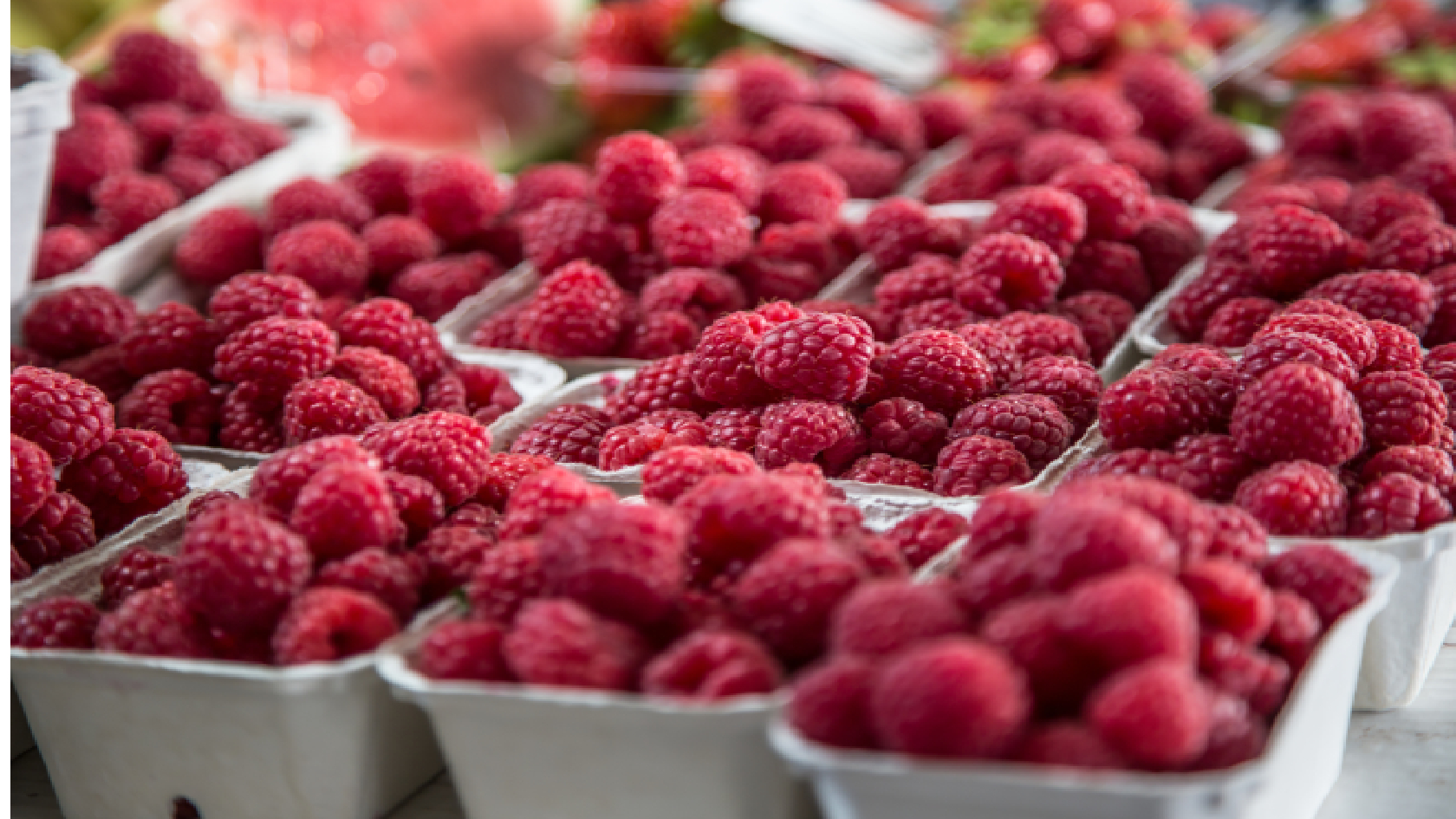Every year raspberry canes must be rooted out and new shoots will form the next generation. What other characteristics does this crop have? What minimum temperature do you think it can resist? Discover the most interesting information about this species and learn how to obtain the greatest benefits, with the optimal edaphoclimatic preferences and the application of a fertilization program that you will find in i-Plant Nutrition. 1. LEARN MORE ABOUT THIS PLANT Raspberries are plants in the genus Rubus. But, are they all the same? Actually, even if in eastern North America the black raspberry is widely cultivated, the most common variety extended is the red fruits Rubus idaeus. These fruits are highly appreciated because of their sweet and sour taste and their nutritional qualities. Raspberries were considered a high-quality fruit since ancient times. It is thought that this crop started in Greece. From there it spread to Italy, the Netherlands, England and then North America. In 2000, 84% of the total world production was obtained in the European continent.
From this plant, the main marketed part is the fruit, which consists of individual small and conical units, with a base that does not exceed 20 centimetres in diameter. The skin that covers them is very thin and has a pleasant velvety texture. Like strawberries, what we consider fruits are in fact a group of fruits. In this case, it is a group of drupe-type fruits, forming what we call polydrupes.
 Although its use in the places of origin is ancestral, at present the commercialization of dried raspberry
leaves for infusions is more widespread. It is mainly since is known that the drink obtained from this brew
is rich in iron, vitamins C and E, calcium, potassium, minerals and folic acid.
Although its use in the places of origin is ancestral, at present the commercialization of dried raspberry
leaves for infusions is more widespread. It is mainly since is known that the drink obtained from this brew
is rich in iron, vitamins C and E, calcium, potassium, minerals and folic acid.
This is a plant that forms a shrub, formed by biannual rods that are maintained in a perennial way by the formation of nevi shoots, from adventitious buds of rhizomes and roots. The main type of multiplication for its cultivation is by suckers of rooted shoots, which begin to appear at the beginning of warm periods of the year, since it is the simplest way to multiply it. Seed multiplication is used exclusively in hybridization programs.
 2. Edaphoclimatic requirements
For proper growth of these plants, the fact that the soil is well-drained is crucial, as raspberries are
susceptible to root rot. Avoid having accumulations of water in its roots but make sure that the substrate
is moist at all times. In addition to being well-drained, raspberries have a preference for a pH between 5.5
and 6.5. If you want to increase productivity, correct fertilization is recommended, for which you can find
a personalized guide for you in i-Plant Nutrition software. One way to improve fertilization is the
incorporation of organic compost that will also improve drainage. In addition, you can use a balanced
fertilizer according to the terrain in which you have your plantation. We will do all the necessary
calculations for you to proceed with an optimal fertilization plan.
2. Edaphoclimatic requirements
For proper growth of these plants, the fact that the soil is well-drained is crucial, as raspberries are
susceptible to root rot. Avoid having accumulations of water in its roots but make sure that the substrate
is moist at all times. In addition to being well-drained, raspberries have a preference for a pH between 5.5
and 6.5. If you want to increase productivity, correct fertilization is recommended, for which you can find
a personalized guide for you in i-Plant Nutrition software. One way to improve fertilization is the
incorporation of organic compost that will also improve drainage. In addition, you can use a balanced
fertilizer according to the terrain in which you have your plantation. We will do all the necessary
calculations for you to proceed with an optimal fertilization plan.
Raspberry plants have a reaction system at too high temperatures, which consists in the detention of photosynthesis. Both the shoots and the roots have a sensitivity to temperatures that exceed approximately 24 degrees. Its most favourable temperature is 21-24 degrees. The fact that photosynthesis is interrupted by high temperatures can negatively affect the development of the plant, due to a lack of nutrients, if it is prolonged in time.
It is recommended to prune the old canes, eliminating them completely at ground level. It let the plant use all of its resources for the nevi shoots, which will generate the next adult plant. The time of pruning is ideal to remove the weeds and squeeze the soil well.
In relation to light, they need at least six hours of sunlight a day. However, in colder times these plants have a peculiarity that distinguishes them from many species. It is capable of surviving frosts down to -37 degrees Celsius. The reaction of raspberries is lethargy, which can be broken when temperatures rise again later in the year. 3.Profitability Raspberries are one of the few fruits that are hardly bothered by pests and diseases. They are mainly attacked by spider mites and Japanese beetles when the temperatures are high (summer or dry season). Even if its canes present spines, medium-size mammals are tempted to eat them. About fungus, in wet periods, it can be infected by powdery mildew.
Following the recommended plant distance, you may grow about 6000 plants per hectare. Taking the data collected in 2017 as an example, a maximum yield of 31 tons per hectare can be estimated. That is why this crop is so recommended and beneficial for your farmer. However, to obtain a high production, remember that you can find the best recommendations at your fingertips in i-Plant Nutrition.








